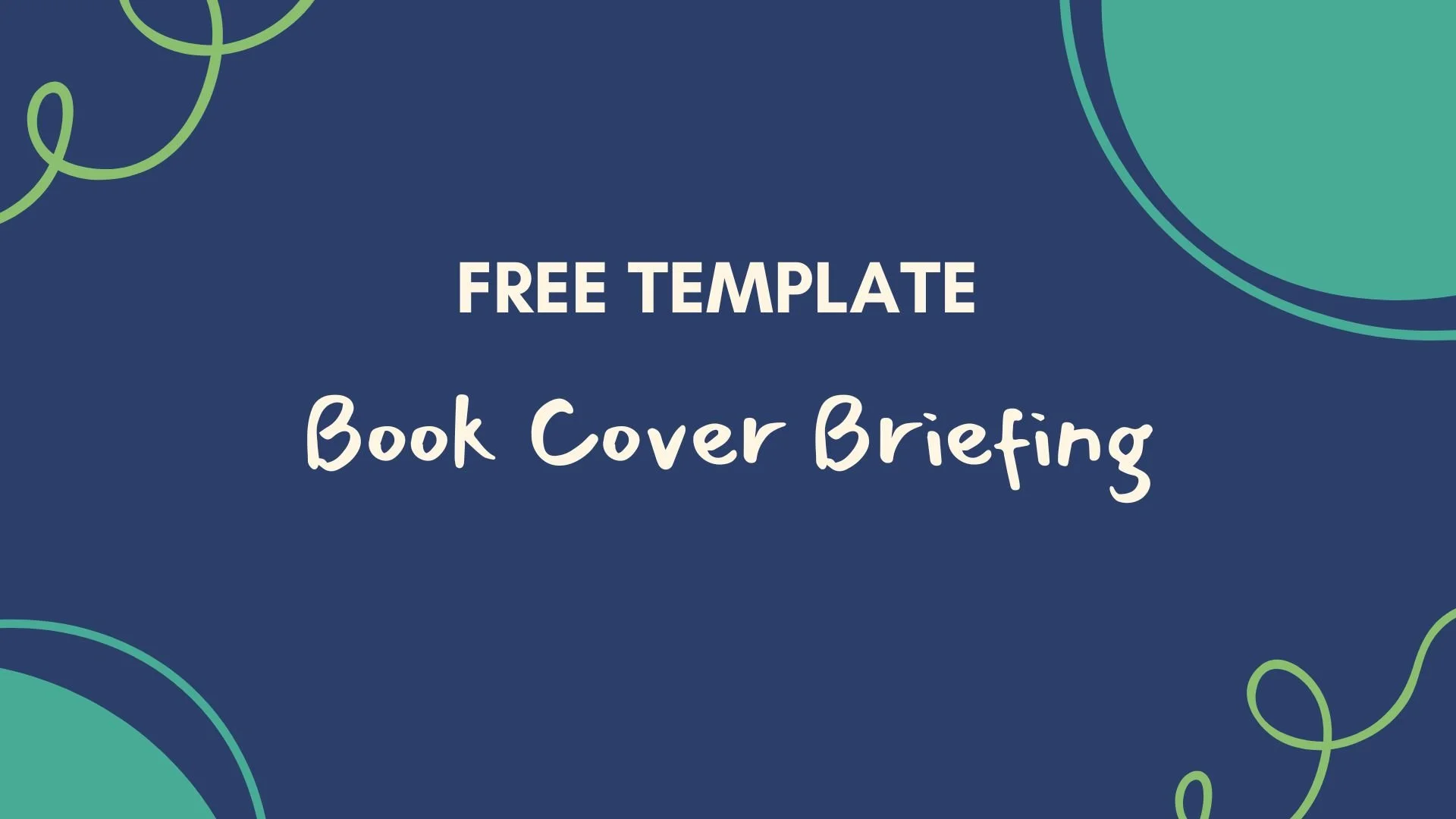Authors Q & A: How to Brief an Artist to make a Book Cover
Briefing an artist to create a book cover is a crucial step in ensuring your vision is communicated clearly.
The consequences of choosing to not provide a brief can lead to revisions later on, which could be chargeable depending on your chosen artist’s terms and conditions. Revisions can range anywhere between 10% or 100% of the original book cover quotation depending on where your artist is in their process. For example, if you’re at the beginning with compositional thumbnail sketches the charge would be much lower than if you wanted to change something compositional in the finalisation stages.
A decent illustrator should provide the first revision session in the thumbnailing stage for free because both the illustrator and author are at the beginning of the process and the communication foundation is still building. Minor tweaks in the sketch stage should also be welcomed. Minor tweaks could include: character clothing adjustments, anatomy tweaks or even adding a tree in the background. Major changes would affect the overall composition, for example: adding more characters, more trees, changing the background etc… As these changes need to be covered in the thumbnail sketching stage.
Diving into the briefing dilemma we’ll start with the essentials:
1. The Essentials
Book title
Author name (and how it should appear)
Series name and volume number (if applicable)
Genre (e.g., fantasy, thriller, romance)
Target audience (age group, demographics)
Pinterest Board of key visuals
2. Describe the Book
Include a concise summary or synopsis (half an A4 page). Mention:
The central theme or conflict
The tone/mood (dark, whimsical, mysterious, hopeful, etc.)
Main characters or elements that might appear visually
3. Your Vision for the Cover
Explain what you want — and what you don’t want:
Imagery ideas (e.g., a shadowy forest, a spaceship, a woman standing on a cliff)
Color scheme (if you have preferences)
Lighting (Your illustrator will be able to offer some insight on this)
Mood or emotion you want the cover to convey
Style references — attach example covers you like (even from other books)
Try to be mindful when sending referenced artworks to your illustrator. It is generally good practice to work with the illustrators’ own style as that is what brought you to them in the first place, and it is where their strengths lie.
4. Technical Specs
Give clear guidelines on format and layout:
Trim size (e.g., 6" x 9" inches, or A5 (148mm x 210mm)
Print or digital? (or both)
Spine and back cover? (if it's a print version)
Resolution (usually 300 DPI for print)
File format (PDF, PNG, JPEG, etc.)
Bleed area (if required by printer)
5. Text Placement
Tell them what text needs to go where:
Front: Title, author name, optional subtitle or tagline
Spine: Title, author
Back: Blurb, barcode area, publisher logo (if applicable)
6. Timeline and Budget
Be upfront:
Deadline (and whether it’s flexible)
Budget
Generally speaking, the shorter the deadline, the higher the quote. It may also be worth bearing in mind that your chosen illustrator may have a waiting list of clients because they are in demand. They may offer you a ‘rush fee’ which will get you to the front of the queue.
7. Rights & Usage
Clarify ownership:
Do you need exclusive commercial rights to use the art?
Can the artist display it in their portfolio?
Check out the next journal entry on copyrights, it may save you some money ;)

